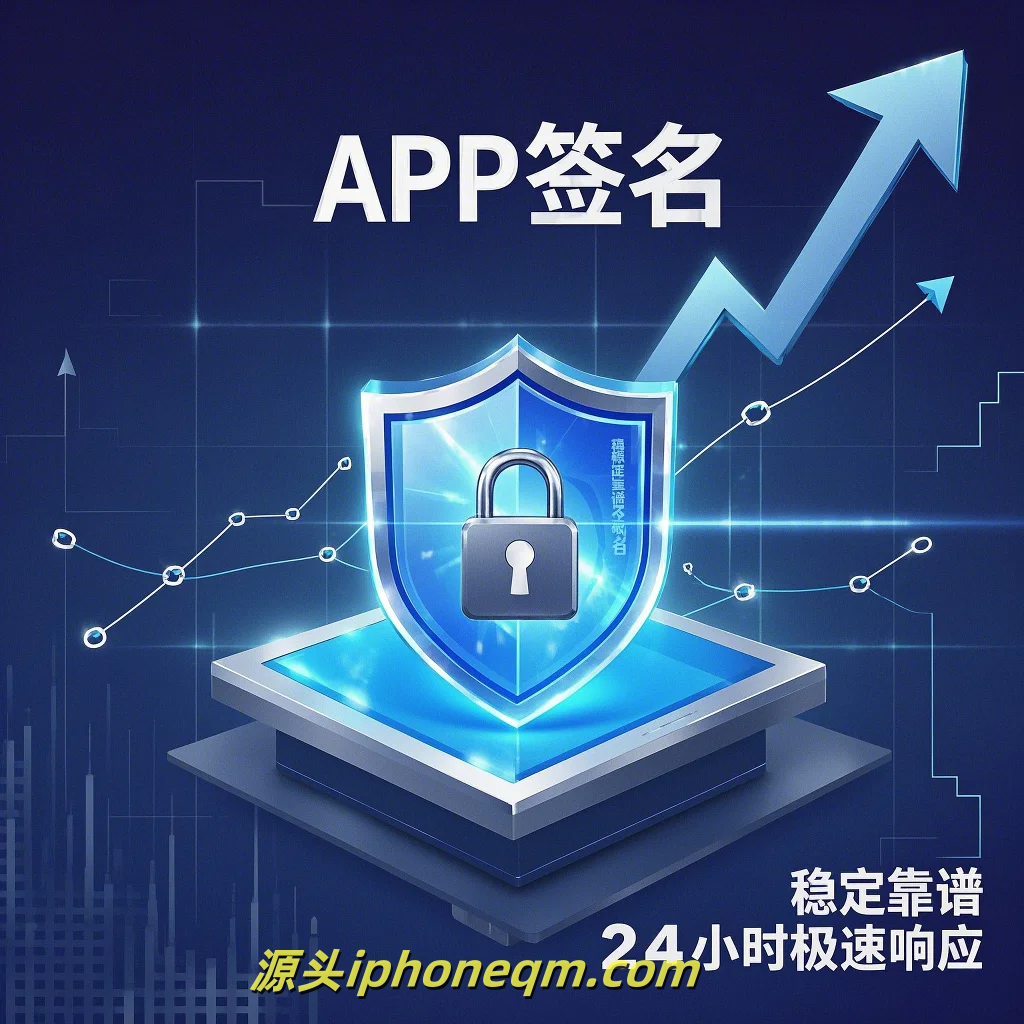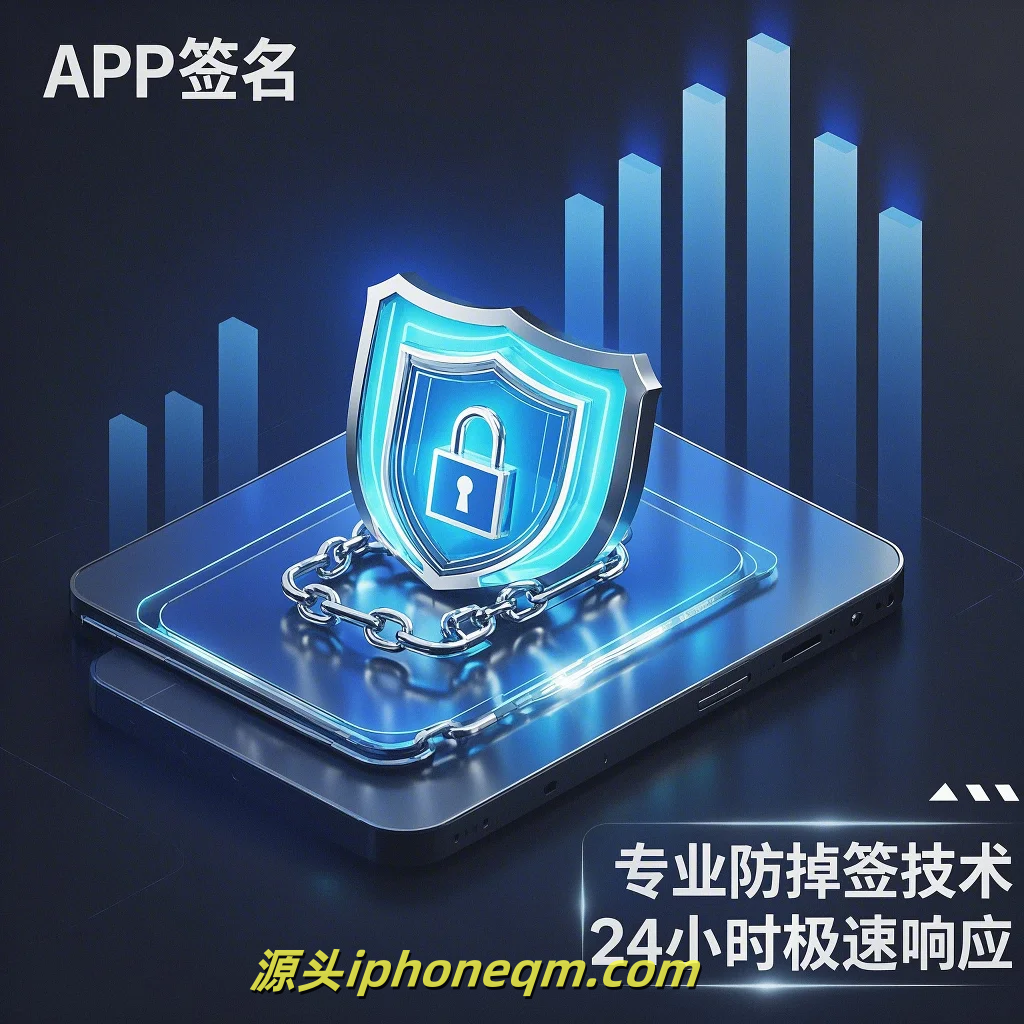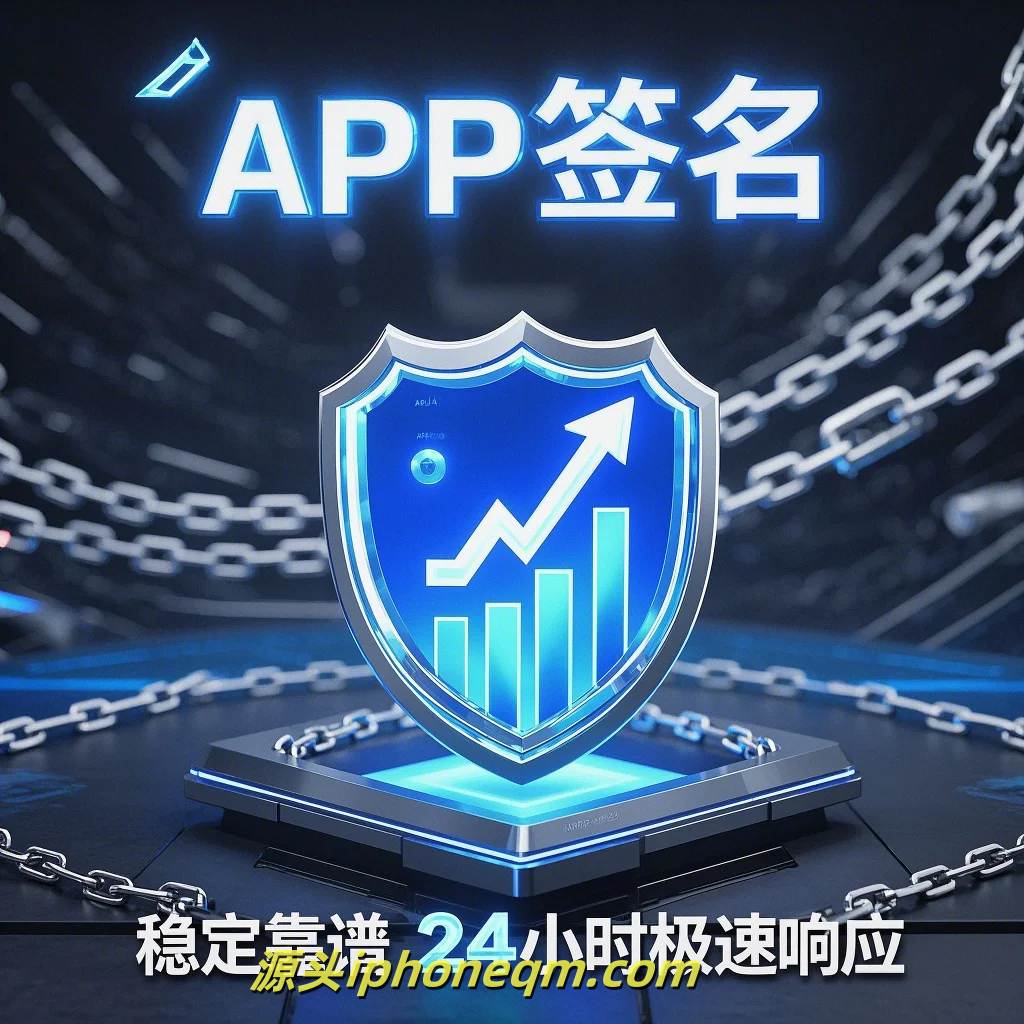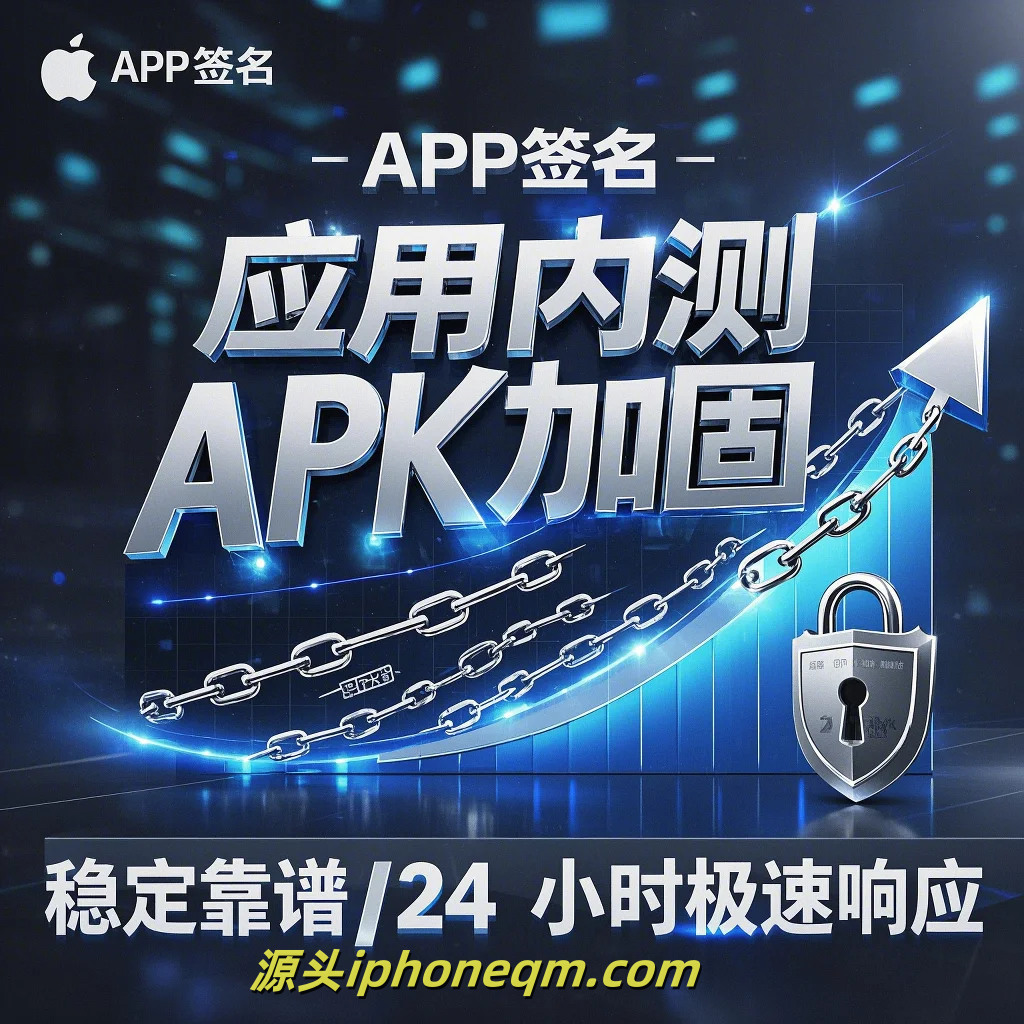Understanding iOS App Signing Lifecycle
The iOS app signing lifecycle is a crucial aspect of app development that ensures the integrity and authenticity of an application. For developers, understanding this lifecycle is essential not only for compliance but also for providing a secure experience for users. In this article, we will break down the iOS app signing process into manageable parts, making it easier to comprehend.
First, let’s start with the basics of code signing. Code signing is a security technology that allows developers to sign their app's code with a cryptographic signature. This signature verifies that the app has not been modified since it was last signed and confirms the identity of the developer. Without proper code signing, users may face security warnings, and the app may be rejected by the App Store.
The first phase of the app signing lifecycle begins with generating a Certificate Signing Request (CSR). Developers use Xcode or the Apple Developer portal to create this request. A CSR includes information such as the developer’s details and public key, which Apple uses to create a signing certificate. Once the CSR is submitted, Apple sends back a signing certificate that must be installed in the developer’s keychain.

Next comes the production of the provisioning profile. This profile is a combination of the app ID, the signing certificate, and the devices on which the app will be installed. Developers can create provisioning profiles in the Apple Developer portal, ensuring that they include the necessary entitlements, such as push notifications or in-app purchases. It is essential to remember that provisioning profiles have a limited validity period, usually lasting one year.
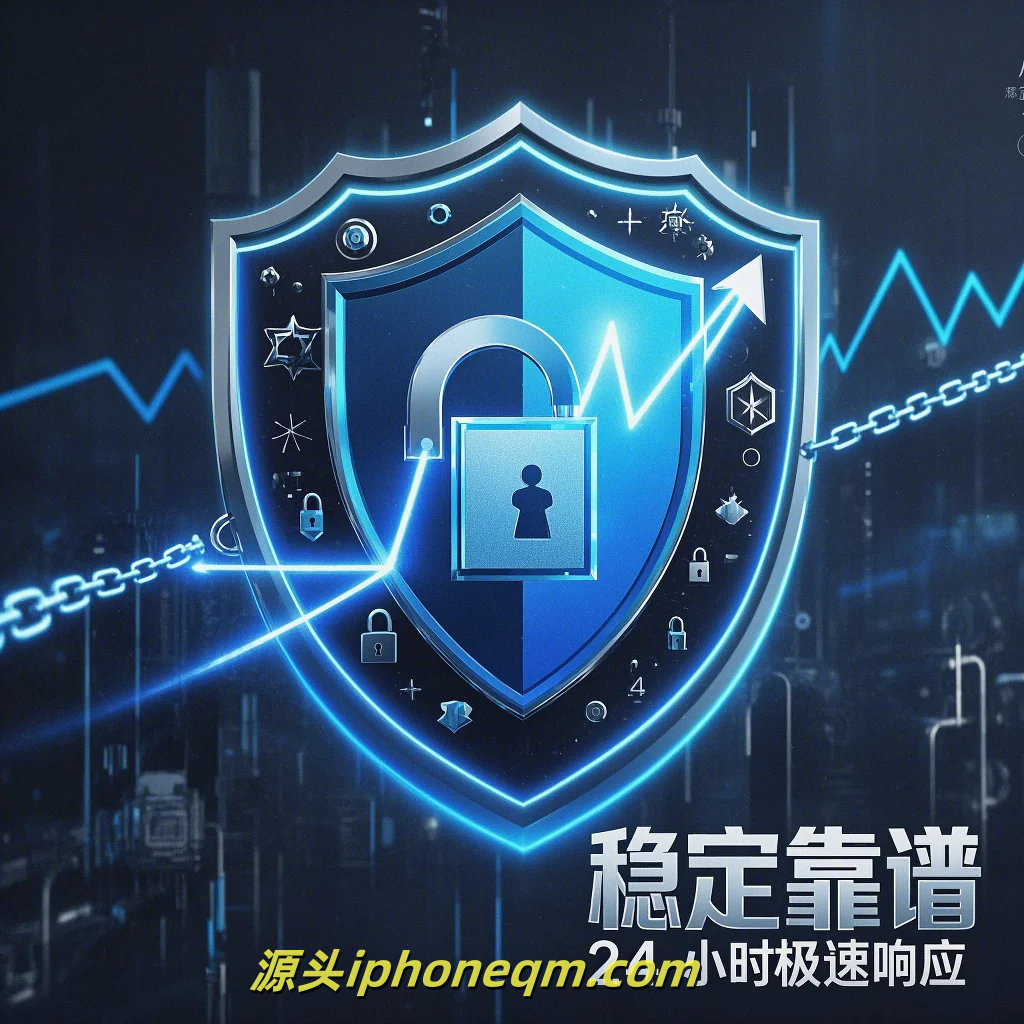
After setting up the provisioning profile, developers must sign their app’s binary. Using Xcode, the app is compiled, and code signing takes place. During this process, the binary is attached to the provisioning profile and signing certificate. It is crucial to ensure that the correct profile is used; otherwise, the app may not function correctly on various devices.
Following the local signing, the app enters the next stage: distribution. For apps distributed via the App Store, developers must adhere to Apple’s guidelines and use the App Store distribution provisioning profile. Once the app passes all required validations, it can be submitted for review. Upon approval, the app will be available for download on the App Store.
For enterprise and ad hoc distributions, the process is slightly different. Developers can utilize an enterprise provisioning profile, allowing them to distribute the app internally without going through the App Store. This method is common in large organizations that need to deploy apps to their employees quickly. However, this requires careful management since the provisioning profile is tied to the enterprise account.
A critical part of the signing lifecycle is managing expired certificates and provisioning profiles. Developers need to keep track of when their certificates will expire and renew them in a timely manner. If not, apps signed with the expired certificates can face issues, such as failing to launch or function properly. Regular audits of certificates and profiles are a good practice to avoid these pitfalls.
In conclusion, understanding the iOS app signing lifecycle is vital for a smooth app development and deployment process. By recognizing the importance of each stage—from creating the CSR to managing provisioning profiles—developers can ensure their apps are secure, authentic, and ready for distribution. This knowledge not only enhances the user experience but also builds trust between the developer and users. With a solid grasp of this lifecycle, developers can navigate the complexities of iOS app signing with confidence and ease.
扫描二维码推送至手机访问。
版权声明:本文由MDM苹果签名,IPA签名,苹果企业签名,苹果超级签,ios企业签名,iphoneqm.com发布,如需转载请注明出处。

